What has been good or bad for World Cup visitors to Doha

DOHA, Dec. 19: So the 2022 FIFA World Cup is finally over after 29 very intense days of football that have thrown up their share of triumph and disappointment, and perhaps things to consider for the future.
What have been the good and bad things about the World Cup from this visitor's point of view?
First, we should highlight how friendly everyone has been, from the volunteers in the subway getting into the spirit of the tournament; to supermarket staff, waiters, and waitresses; migrant workers and locals alike all made an effort to welcome visitors over the month.
The organization was excellent: as a reporter, I can confirm that the media's job was made easier by a rapid and efficient transport service to and from grounds. The press facilities were fine and once again, the volunteers were efficient and helpful.
The grounds themselves were lovely football venues and most were relatively easy to get to and from (despite some slightly erratic signs on the motorways). The public transport system, with its efficient and frequent driverless metro, withstood any strain it was put under, despite some understandable post-game queues, and although some grounds were a long walk from the nearest station, a shuttle bus service was put on, and getting to and from the grounds for supporters wasn't really a problem.
One disappointment was the lack for fans traveling from many countries and regions in the tournament. The number of English, French, German and Dutch fans, for example was well below what was seen at other World Cups, and this meant that some games, such as England v France and the Netherlands v the United States, lacked a 'proper' football atmosphere.
It's true that Argentinian supporters travelled in numbers and Morocco had a big following cheering on their heroes, but in general, although the stands were more or less full for most games, there was a lack of atmosphere.
There was no lack of noise, but a DJ and a pitch-side announcer shouting at the top of their voice is noise, and noise by itself is not atmosphere.
The flipside of this is that there was little or no trouble caused by misbehaving supporters, although the lack of availability of alcohol was probably a factor in this as well.
The decision to not allow alcohol sales at venues, taken just 48 hours before the tournament started, did feel very much like someone had moved the goalposts at the last moment, and although you could buy beer at the central Fan Zone, what was virtually a car park with little shade and no seats wasn't the most inviting venue, no matter how much you fancied a beer.
There is no doubt that holding the World Cup in a venue with all of the grounds within a radius of 60 kilometers has its advantages, with the ease of transport most certainly one of them.
It gave fans the chance to go to more than one game a day during the tournament, and the predicted problems with a lack of accommodation don't appear to have happened - although that is also partly due to the lack of fans travelling from many European countries.
The main problem with Doha is that apart from going to games, there isn't actually much to do. The city center isn't big, there are not many places to walk except for the Corniche and the Al Bidda Park, and when you are here for a month, time can start to drag.
The idea of a World Cup in one small place isn't a bad idea in itself, but maybe somewhere with a few more extra-curricular activities would be more fun for visitors.
2026 sees the World Cup played in Canada, the United States and Mexico: almost the direct opposite of Qatar, with 16 venues separated by thousands of miles and the prospect of carbon producing internal flights. That World Cup will be completely different in many respects and no doubt present its own problems for organizers and supporters, but if it is as well organized as Qatar, that will be a good start.


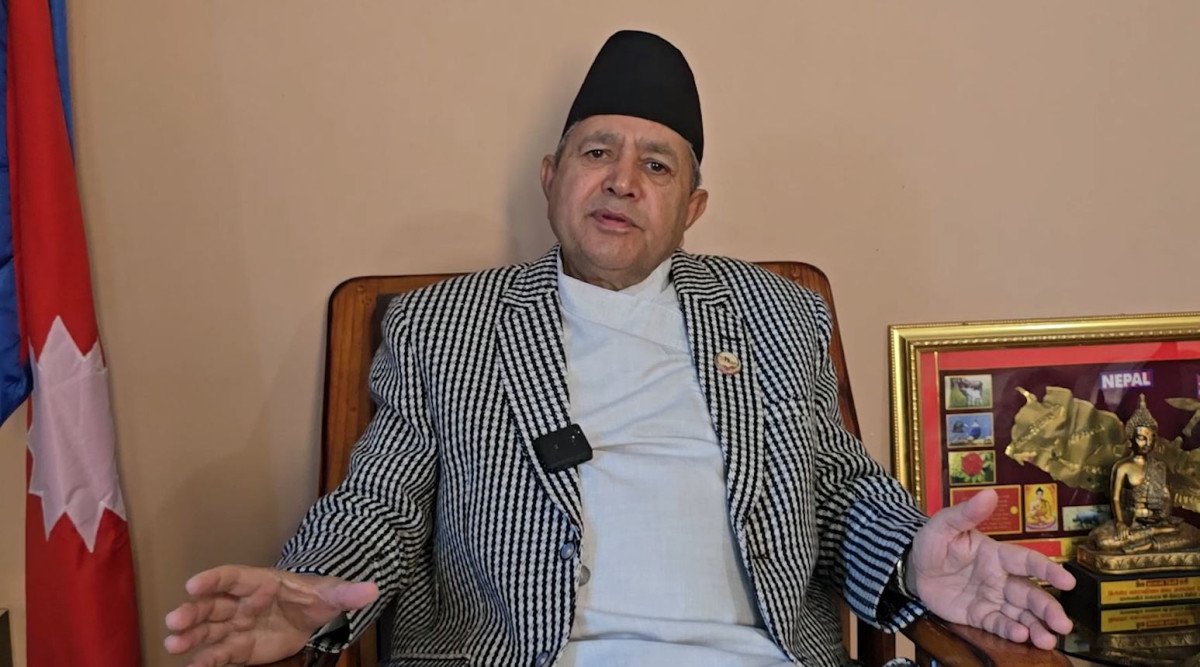
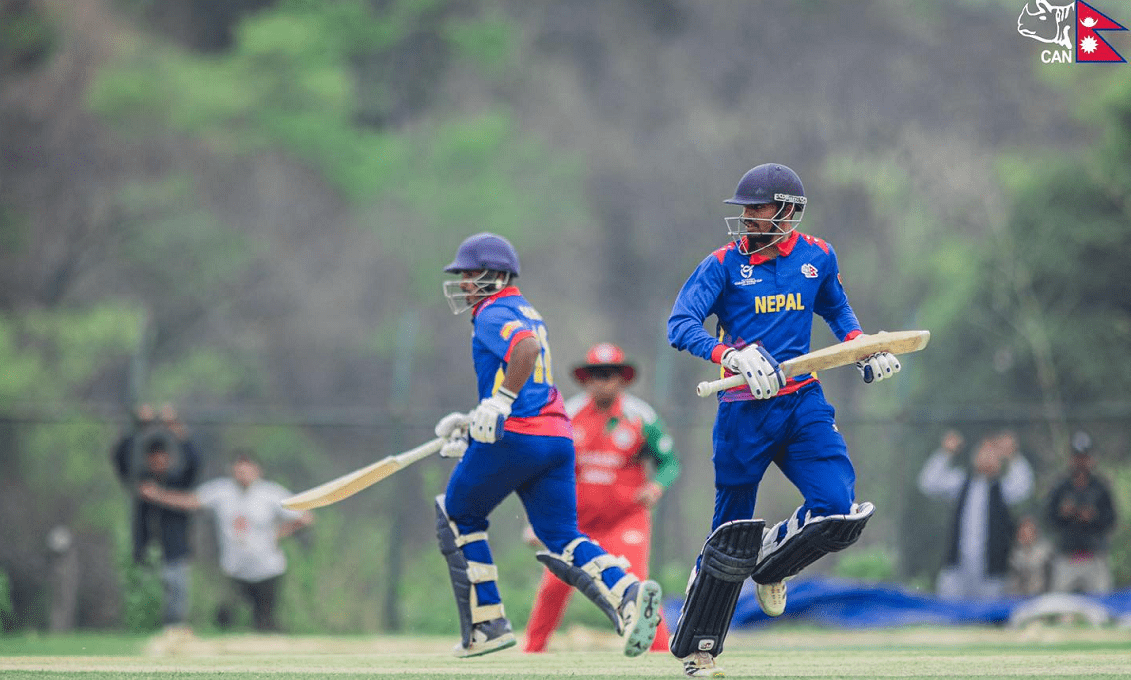
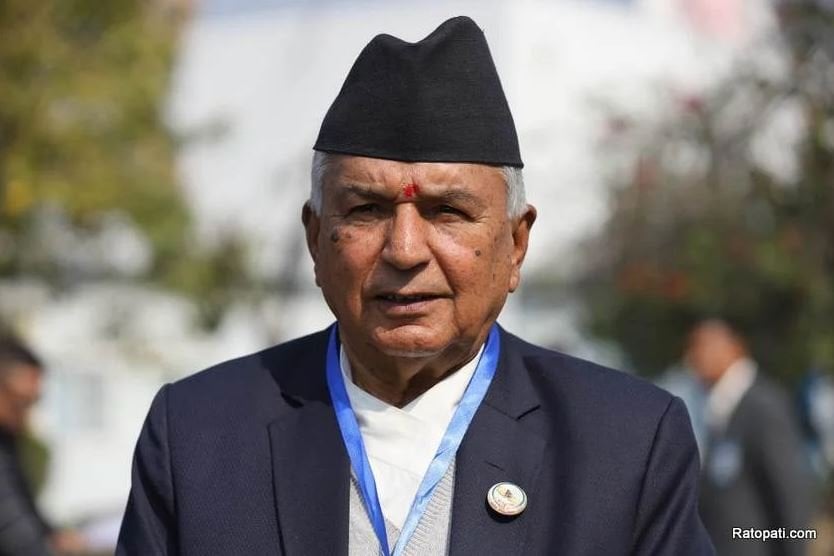
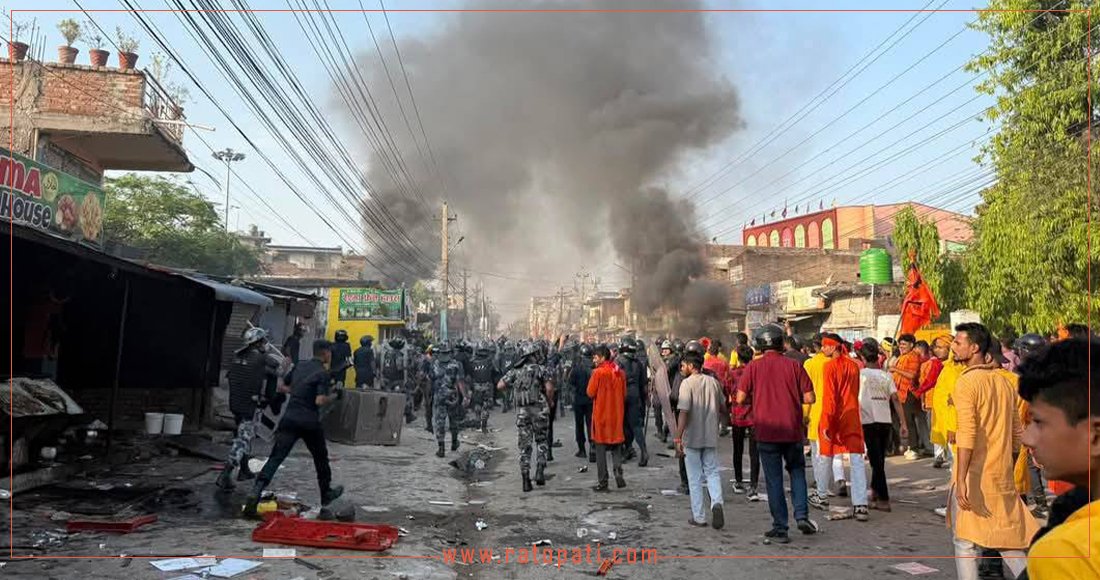


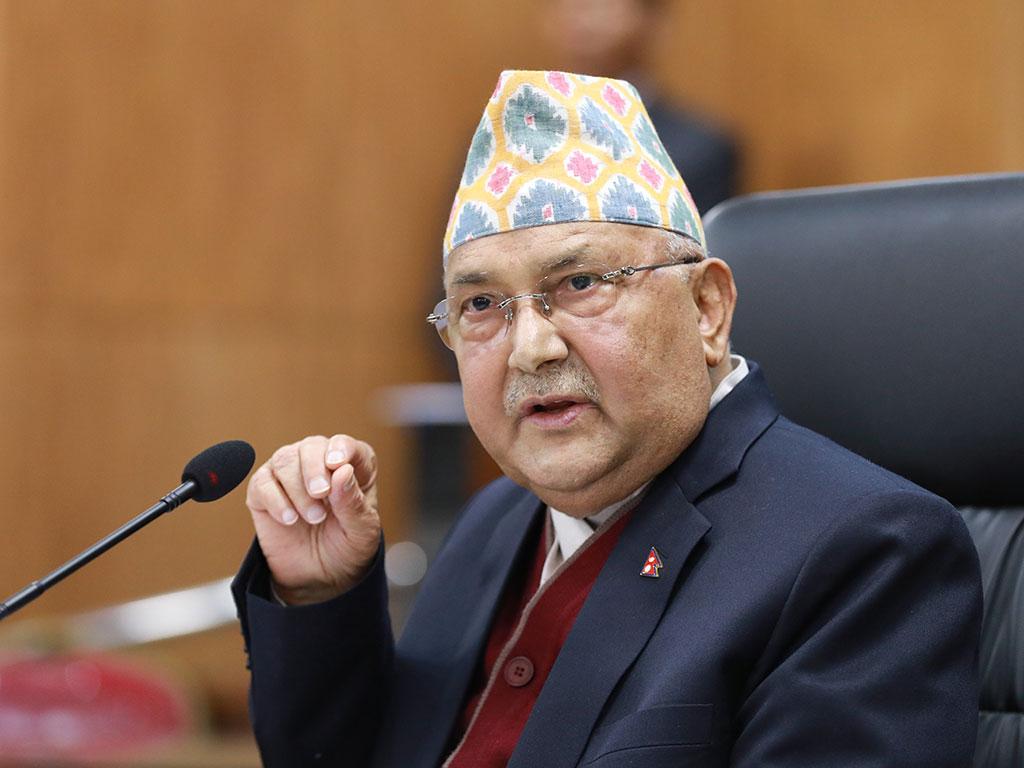
Leave Comment